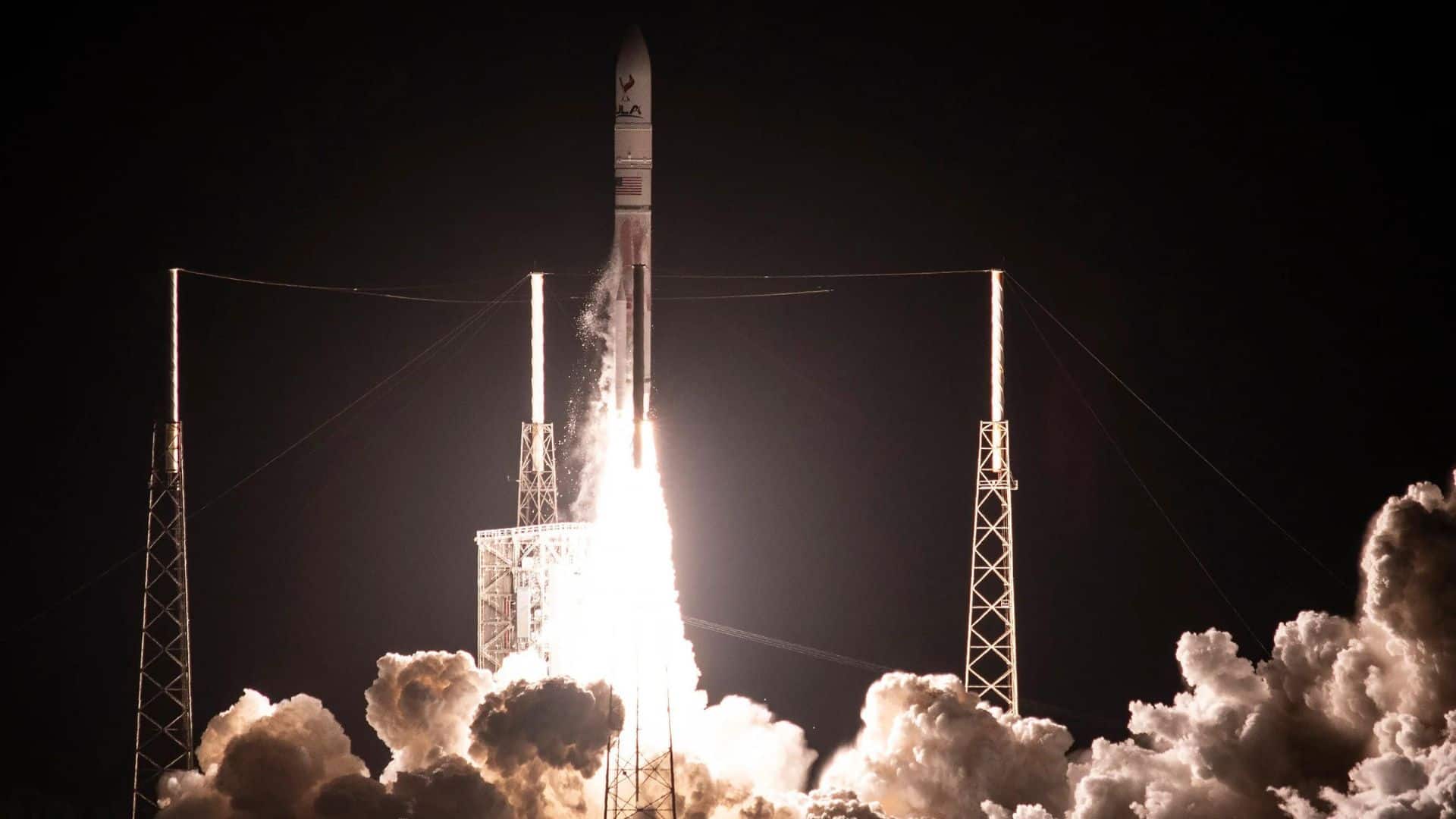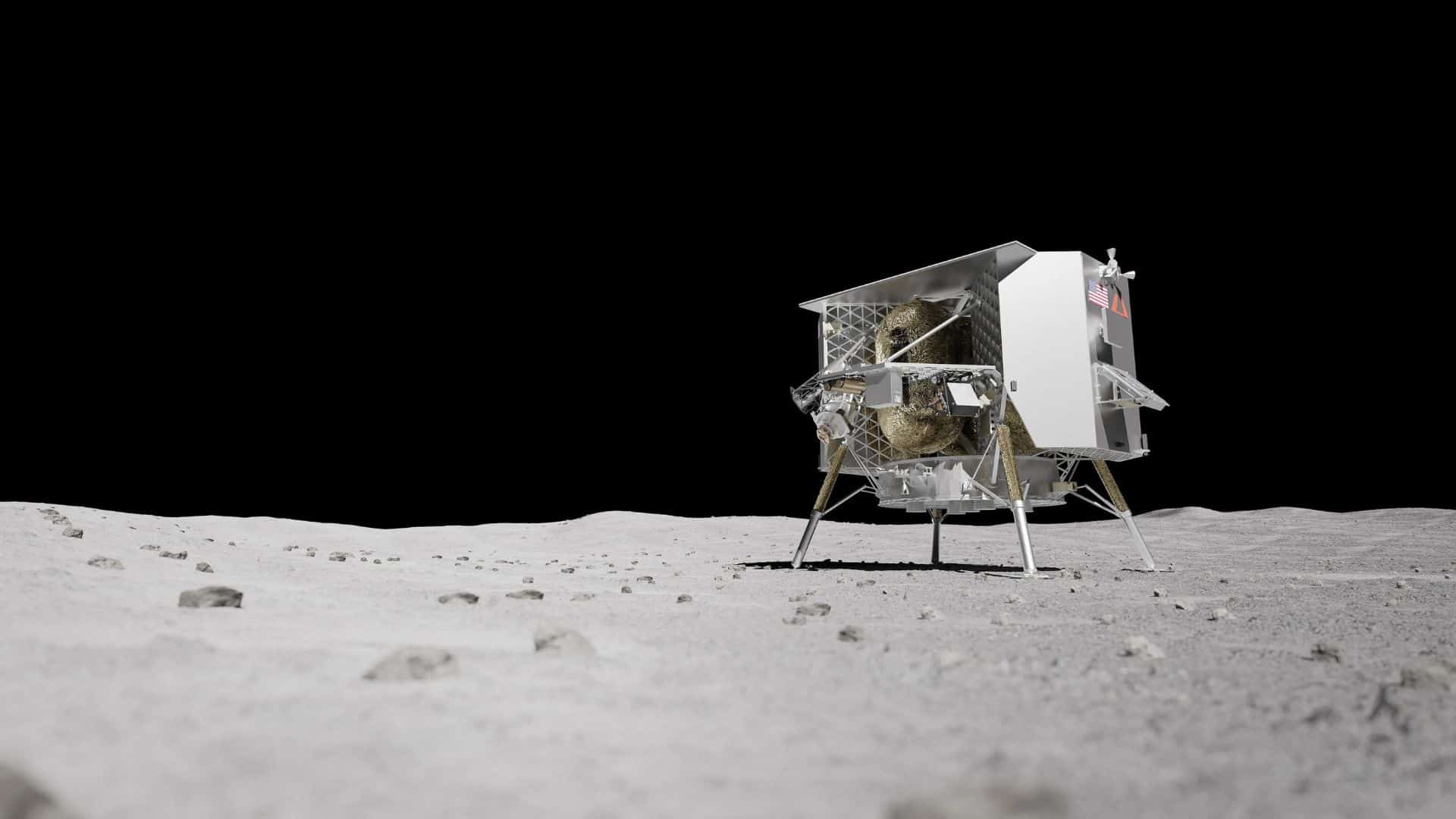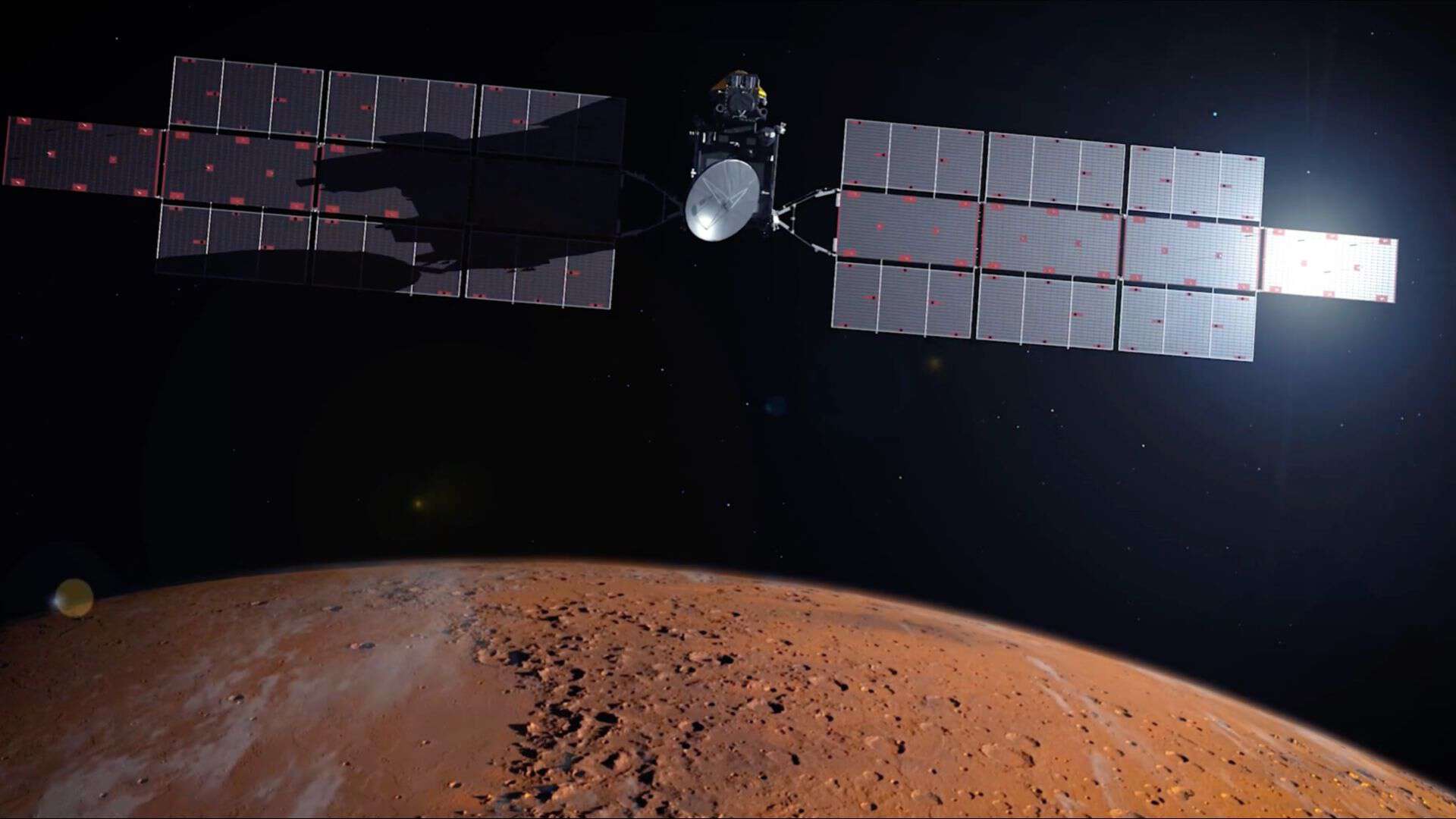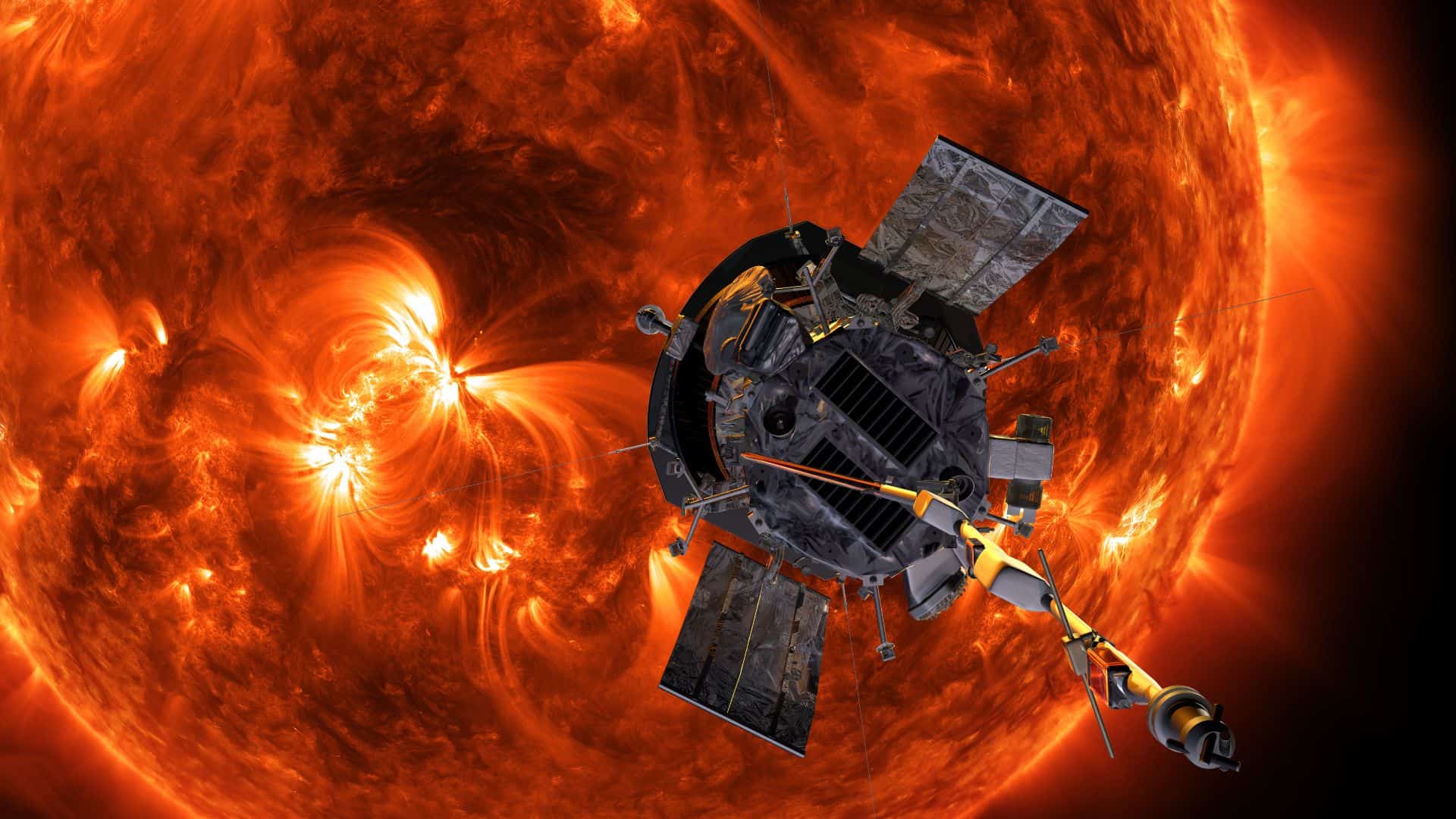The United Launch Alliance (ULA) has successfully launched a commercial lunar lander of a US private space company called Astrobotic.

The commercial lunar lander called Peregrine lifted off at 2:18 a.m. EST (or 07:18 UTC) on January 8, 2024, on a United Launch Alliance (ULA) Vulcan rocket from Space Launch Complex-41 at Cape Canaveral Space Force Station, Florida.
United Launch Alliance (ULA) is a private US company that provides world-class launch vehicles (rockets) for spacecraft.
Astrobotic’s Peregrine spacecraft will be the first commercial lander, and first US lander in over 50 years, to land on the Moon since NASA’s Apollo 17 program in 1972.
Peregrine Mission One (Peregrine lunar lander) is the first successful launch under NASA’s Commercial Lunar Payload Services (CLPS) initiative.

Peregrine will attempt a lunar landing on February 23, 2024 at a location called Sinus Viscositatis. It is a four-legged, box-shaped lander of height 1.9 m and width 2.5 m.
The spacecraft (Peregrine) is carrying a total of 20 payloads (instruments) from seven nations and 16 commercial customers.
The onboard five payloads of NASA will help the agency develop capabilities needed to explore the Moon under Artemis missions and in advance of human missions on the lunar surface.
ULA’s Vulcan rocket placed Peregrine on a lunar trajectory at an altitude of approximately 500 km above the Earth, around 50 minutes after liftoff or around 3:09 a.m. EST.
After that, the spacecraft separated from the rocket and successfully powered on its engines to continue its journey to the moon solo.
John Thornton, CEO of Astrobotic, said in a statement, “Today Peregrine Mission One achieved a number of big milestones.”
“Peregrine powered on, acquired a signal with Earth, and is now moving through space on its way to the Moon. These successes bring us one step closer to seven nations landing on the Moon, six of which have never been to the Moon before.”
Astrobotic is a private US company that develops advanced commercial spacecraft to deliver payloads (scientific instruments) to the moon for companies, governments, universities, non-profits, and individuals.
In simple words, the Peregrine spacecraft acts as a delivery service in space. It is very similar to shipping companies like Amazon, which sends packages around the world.
Please follow us on Facebook and Twitter to get latest space news, upcoming skywatching events and astronomy-related content.



